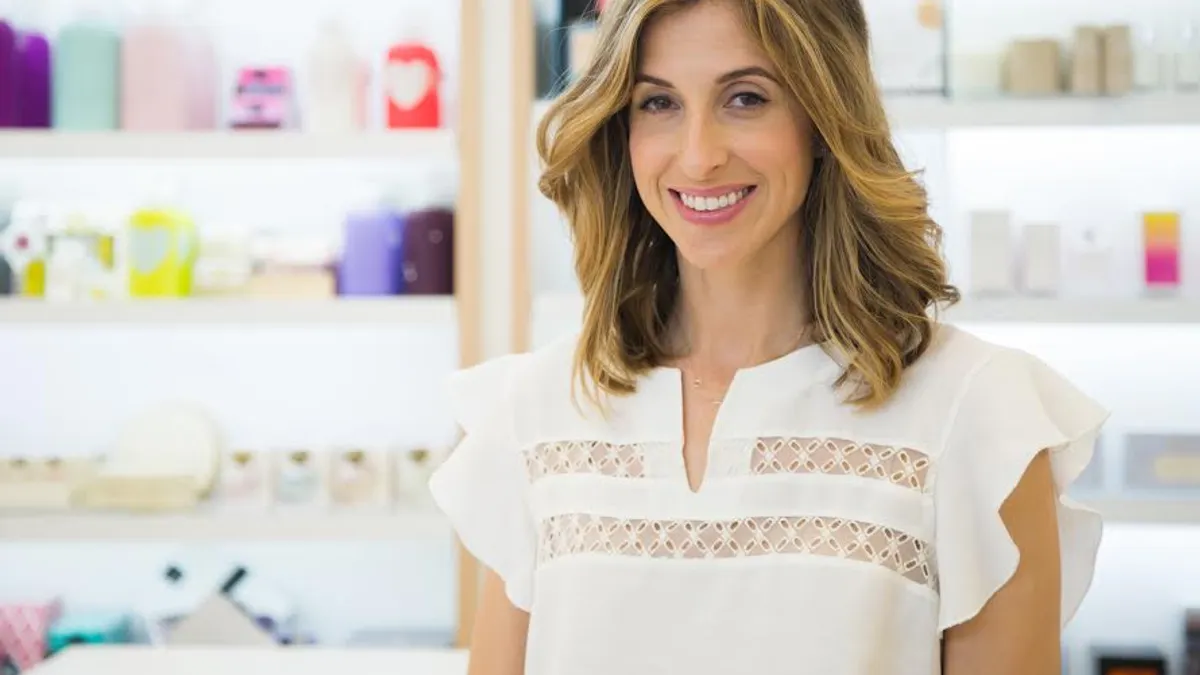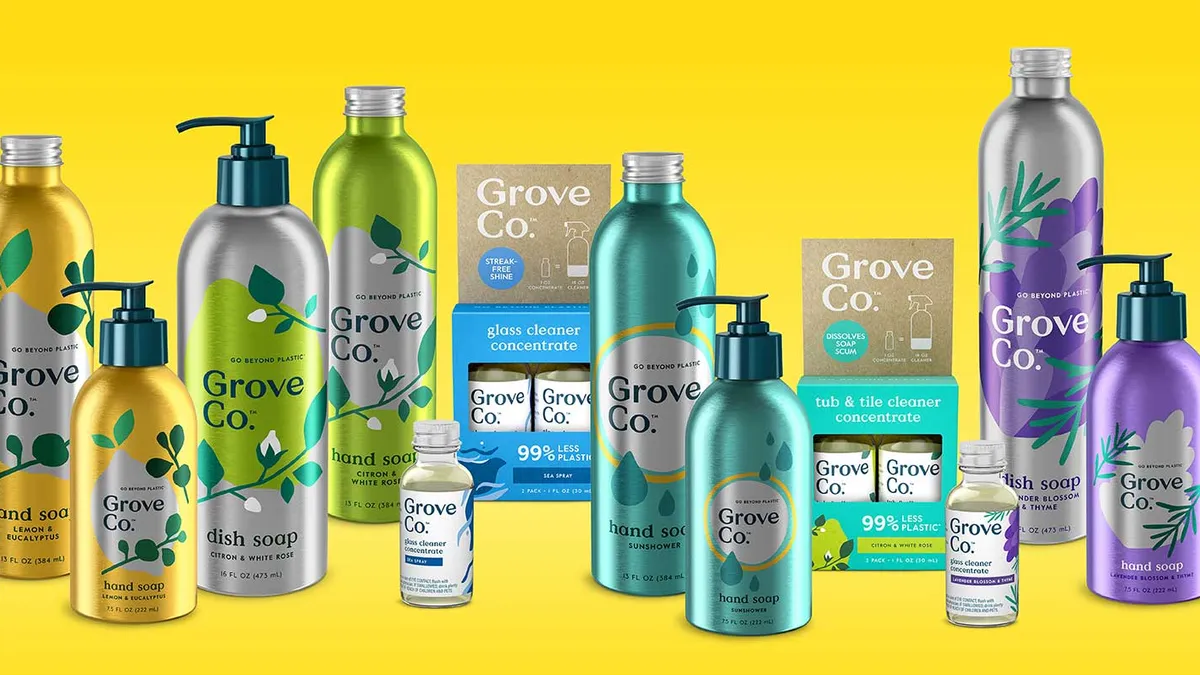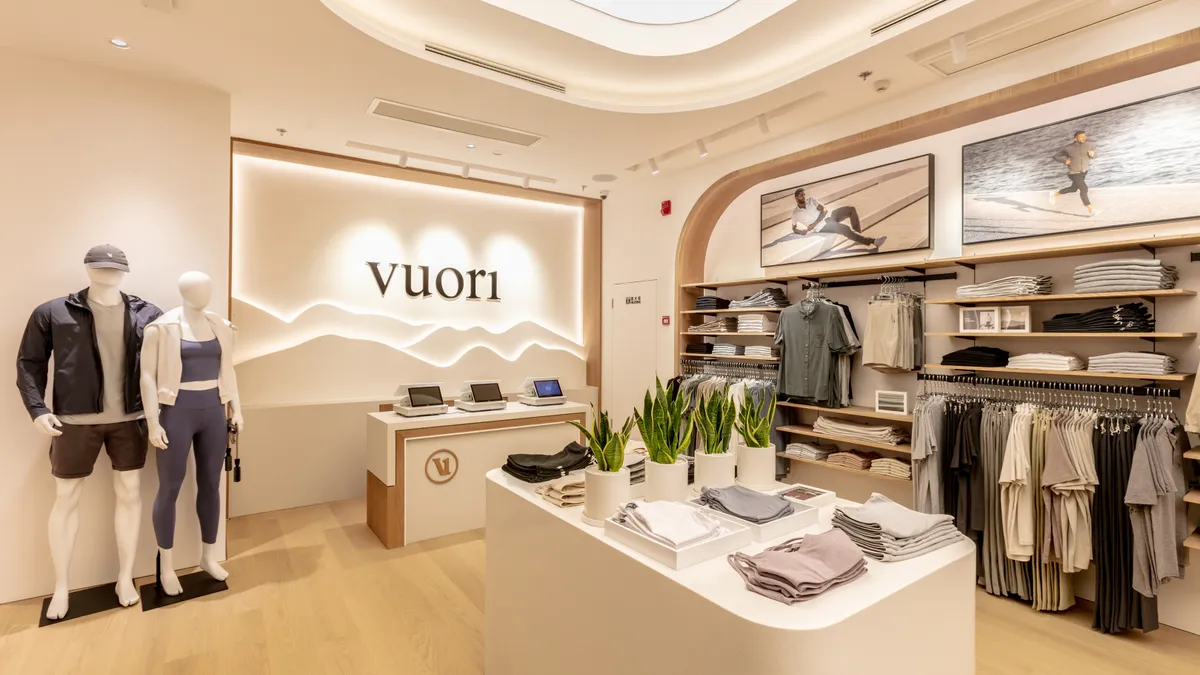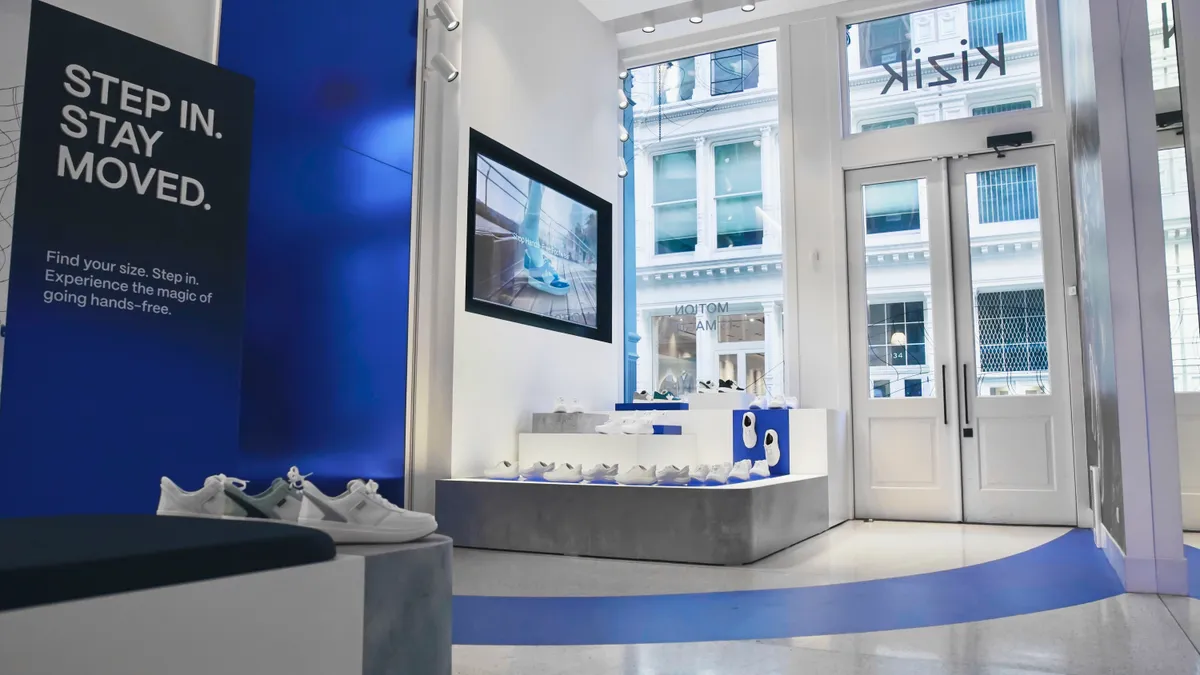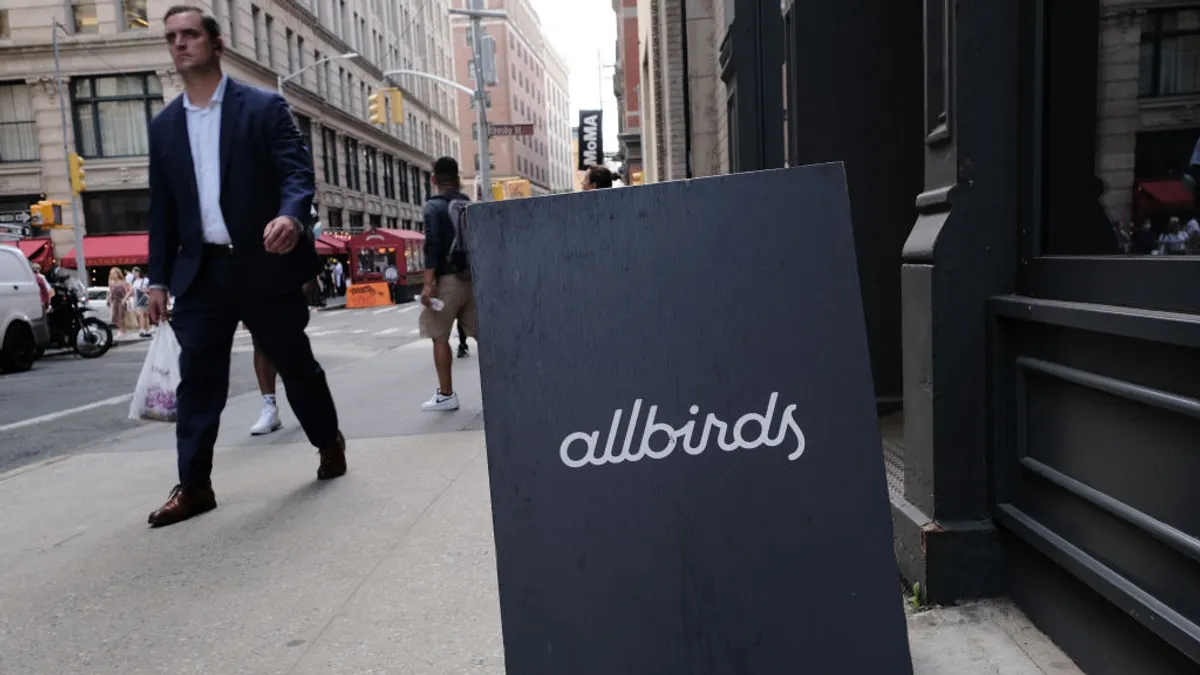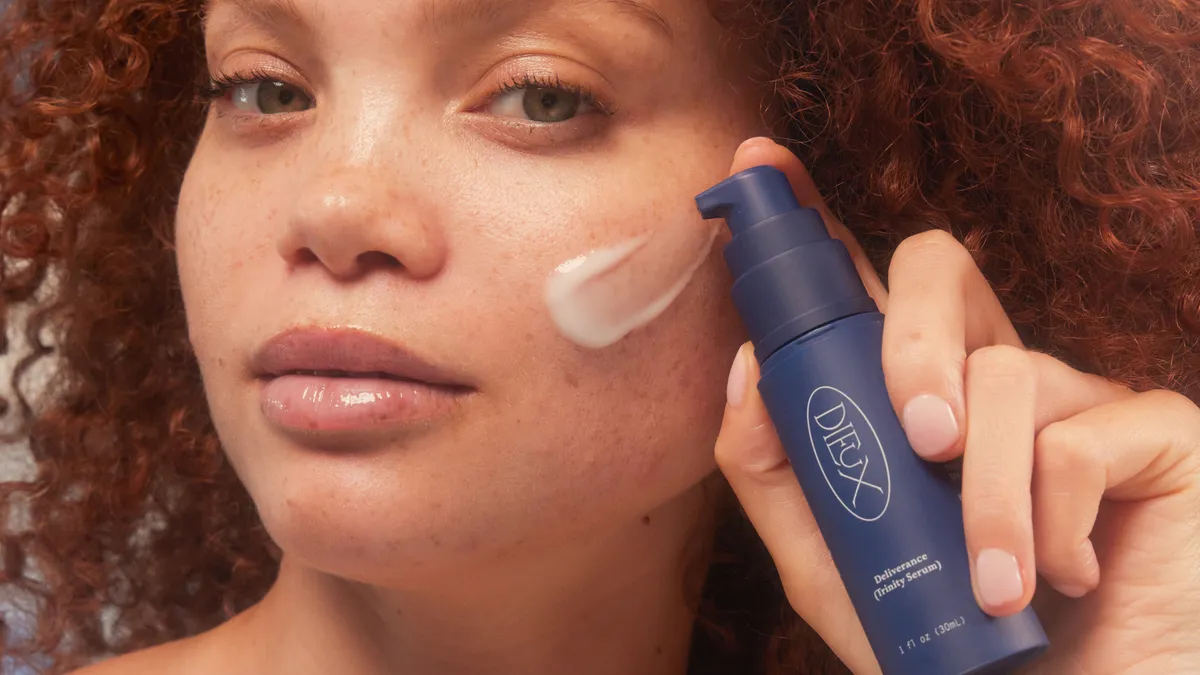Birchbox, the startup founded in 2010 by Harvard classmates Katia Beauchamp and Hayley Barna, sparked the subscription beauty trend. At a time when beauty shoppers got their samples and testers from department-store counters staffed by representatives of major brands, Birchbox seized on the chance to connect with customers online, devising the idea of a monthly shipment of sample collections.
The idea was a hit, but Birchbox's initial brush with success inevitably attracted competitors to the space, including the likes of big-name brick-and-mortar rival Sephora, rival beauty subscription service Ipsy (which outpaces Birchbox with 1.5 million subscribers) and even Target. Those pressures conspired to stall Birchbox's expansion into overseas markets, led to the dismissal of 80 of its 300 employees, and ultimately threatened its ability to fill its monthly curated boxes.
But Birchbox endures. Though Beauchamp once said that only selling people samples would be "really boring," the company appears to be once again embracing more fully its sample-based curation approach, although it's also devised in-house brands and other ways to stoke full-line sales, including store-based sales. Birchbox now serves 4 million total customers and "well over" a million subscribers (about the same it reported last year), and this summer managed to snag an additional $15 million from its current venture backers, bringing total funding to almost $87 million.
And while it looked to many in recent years that the subscription model was becoming over-saturated, subscription management platform Recurly says that the “new trend” of subscription e-commerce is “here to stay,” with subscription same-store sales over the Thanksgiving/Black Friday weekend up 15% over last year, according to Recurly analysis emailed to Retail Dive. Birchbox itself adds that holiday season self-subscriptions (and not just gifts) are up more than 15% from last year: In all, 65% of revenue comes from subscriptions, "and the margins and unit economics on the box are very strong," according to a Birchbox spokesperson.
Profitability remains elusive, however, although strategic changes this year "have helped us achieve major operational efficiencies, and we’re on track to meet our profitability goals," a spokesperson told Retail Dive.
Against this backdrop, Retail Dive caught up with Beauchamp, now the company's sole CEO, to discuss the future of brick and mortar, the path to beauty discovery and the company's focus on what she calls the “beauty majority.” The following conversation has been edited for clarity and length.
RETAIL DIVE: At this point, how do you see subscriptions fitting into your business model?
BEAUCHAMP: Subscription is a huge part of our business, but I think what can be misunderstood is that it's not a business model, it's a revenue model, and that it’s a part of a business model. There’s been subscriptions for a very long time and there's always been different flavors of subscriptions.
Birchbox invented a new flavor of subscription. So what's always existed is replenishment — that’s always been there for a very long time in dotcom. And then even before dotcom, there's been a chance to subscribe to 'of-the-month' clubs, for CDs, books, wine, where the thing that you want or what you get comes to you monthly. Our vision as a company was grounded in this realization that it was hard to buy beauty and particularly hard to purchase it online. We saw a huge opportunity with making beauty discovery and shopping really enjoyable, and with making the internet a possible place to buy beauty. Because even in 2010, less than 5% of beauty was bought online.
So we decided that we were going to overcome what the internet was bad at and leverage what the internet was great at, and that's how we came up with Birchbox. What we believed in — before it was a real word — was always “omnichannel,” because we sent you an offline, personalized boutique every month and then brought you online to learn about it and hopefully purchase it from us.
Our business has always been about making beauty shopping online possible, and we went and built the biggest and best online e-commerce experience for beauty. It was never about just having a subscription — we thought of subscription as a really wonderful part of getting to know the customer and the customer getting to know us and having this regular drumbeat touchpoint with her.
So we love our subscriptions — it's a great business, first of all, and it's always been a great business.
Aside from the revenue stream, what does the subscription side help Birchbox do?
BEAUCHAMP: It helps us to very quickly skip a lot of steps with our customers, and also for our brand. Traditionally, there are estimations from various marketing publications that a customer has to be touched by your brand into the teens sometimes — 13 times, 15 times — before she would even approach your brand and consider it. So at Birchbox, we skip all those steps. You would give us your profile, and all of a sudden a brand that has been dying to meet you and where we have surmised should work for you is in your home, in your bathroom. Now you're going to try it and see if it's something you like. So it's been a win-win for customers and a win-win for the business and for the brand.
What have your learned about your customer?
BEAUCHAMP: A lot. One of the things that took us aback, and helped us reimagine how big this could be, happened a few years ago, when we started to commission third-party research. We wanted to understand how BIrchbox fits into the beauty ecosystem, and we wanted to know "How does our customer compare to the traditional beauty customer?" The result was our second biggest "Aha!" moment of all time — the first one being the launch of the company — because we learned that we were really pursuing a whole different market opportunity than the rest of the industry.
The rest of the industry has focused on women who love beauty and spend a lot in beauty, while we were really over-indexing with women who had an average spend in beauty and who liked it ... maybe. Basically, if you think of the 80/20 rule — the top 20% of consumers — we were over-indexing in the 80% and doubling her spend in beauty in less than a year. So, really attracting somebody who was a less obvious customer and then giving her a whole new relationship with beauty in a way that allowed her to stay somewhat passive, but where she was enjoying the process of discovery and buying, trading up to different and higher-priced brands and also widening her use of beauty pretty fast.
So there’s opportunity for this massive pool of consumers, that 80% of women, to give them an experience really to be treated as as they deserve to be treated. We believe that beauty in the context of your life is normal, that you don't have to be obsessed with beauty to get a great experience in it. We want to give you a fast and effective way to know what's out there and to upgrade when you feel it's worth it.
How much of a problem is it for Birchbox that many of those women go on to buy from other beauty retailers?
BEAUCHAMP: First of all, when we launched Birchbox we always knew that it would be a hybrid between a marketer and a retailer. We always knew that it would lead to drive sales in other retailers, initially for no other reason that beauty was then 95% offline. We knew that people would be learning something from Birchbox, and they would be walking by someplace or they'd be shopping for something else and they'd say, “Oh, now I know about that, because I tried it, and I want it.” We always knew that that would happen.
The reality is that we are comfortable with that to a certain extent because, especially in the early days when we were an unknown entity, it allowed us to be really non-threatening to everybody. It continues to be the case for us that we’re helping to generate sales everywhere. There were actually several credit-card studies that showed a “Birchbox effect” in other stores, that we were creating incremental business for them. And now we have that data and we can show incrementality.
The reality is that as we’ve been able to attract more and more of our core customers and improve our experience, we’ve been able to retain more and more of that spend. But we know that having a brick-and-mortar store is a huge piece of the equation, for sure, that would allow us to capture even more of that, so that's when we opened our brick-and-mortar store [in New York], to learn about that. And we still see that as an opportunity.
So will we soon see many more Birchbox stores across the country?
BEAUCHAMP: It’s a really big opportunity for Birchbox to pursue brick and mortar, so that's something that we are really looking into. But nothing that we can share just yet.
There are a few upstart online beauty brands, like Glossier, that are getting attention with a breezy, social-media-focused play. What is your approach to Birchbox’s store brands?
BEAUCHAMP: We have some of our own in-house brands at Birchbox. We've been dabbling in and learning about that too, and it's a been a great experience and a great success. Our customers love our brands. One is a color brand called LOC and the other is one that is going to be in every category eventually called ARROW, geared toward athleisure — so high-impact, active beauty. Both are doing great.
What we think about our own brands is can we do something very interesting that is on brand for the “beauty majority,” that would really serve her well. We're not really interested in doing just derivative products that we know sell but that somebody else makes and doing it as a Birchbox brand. We want to do real brands.
Beauty seems to be on the rise, including at the holidays. Are you feeling that at Birchbox, even for subscriptions?
BEAUCHAMP: Beauty gifting is massive, and subscriptions is such a huge part of what people choose to give because it's this thing that comes monthly. People who give Birchbox often say how much they love that every month the person who they gave it to calls them and thanks them all year. It's a really rewarding gift to give and it's still very cost-effective. So the gift subscription itself is huge for us. We do so much gifting in November and December, and we also do a lot of gifting in just the inline beauty. For that we focus more on gift packages that are exclusive to us. Some of our smaller independent brands created great gifts for us and some of the more massive brands do exclusives for us as well.
We have over 20% of our shop for non-subscribers, so people can just shop Birchbox whenever, and we try to make that as compelling an experience as possible for gifting for holidays.
A couple of rounds of layoffs dominated the news for you earlier this year. Do you have any further plans for downsizing or any opportunity on the horizon for a buyout?
BEAUCHAMP: No plans for further downsizing. As far as what's on the horizon, we're always focused and probably most in 2017 on being a standalone company that can support itself, that can be profitable and continue to find growth.
What do you think is the biggest misconception out there about Birchbox?
BEAUCHAMP: You started off hitting on the biggest misconception. In every category of every business there are successes and there are failures. And there is a conception for some reason that subscriptions as a business model, or even as a revenue model, [is] unsustainable. I honestly think that's really an over-simplification.
Subscription became a very hot category, and just like all hot categories do, there are businesses that sustain and businesses that don't. But it seems really strange to me to assume that subscription wouldn't be a very valid and existing revenue model for many businesses and, I believe, for many more.
People blamed the model rather than [other companies' failed] attempts. I think like anything, it’s hard to tack on something to your business. It's hard to stick on something well that isn't core to what you do, and it’s not unique to subscriptions — that's just reality to any business. When it's core to what you do, you really learn how to make the economics work, the acquisitions work. But if it's on the side of what you do, it's really hard to make that a focus.
Do you think there’s a perception that men’s grooming subscription model is easier because it’s just all about shaving?
BEAUCHAMP: I think men’s is obvious, to be honest. And I think there’s a surge of men being more interested in personal care and taking care of themselves that I think extends far beyond shaving. Just a realization that there’s a way to take care of yourself that will preserve your skin, your hair for longer.
When you think about what we have really have learned at Birchbox, which is that the 80% of women who aren't obsessed with beauty are just a huge opportunity, that's how I like to think about men. They're not necessarily running around wondering if they would look better if they exfoliate their skin. But once you've given them a product to try that helps them feel that their skin is softer, they have the same response as any human: “I like that.” So it's the ultimate passive consumption. They can still fit their Birchbox in, they can still discover. They don’t have to go inside a store and ask really uncomfortable questions for a lot of men — and women — “What is this and what should I expect it does for me?” I frankly think for a lot of women, walking onto a floor of a hundred thousand SKUs and being asked, “Can I help you?” is a terrifying experience.
Speaking of that, do you have plans to provide more virtual assistance online?
BEAUCHAMP: We’re looking at what a lot of people are looking at, which is how do you get higher-touch experiences for people who have questions. But one thing that we've had for a really long time at Birchbox is the largest reservoir of reviews of every product. So what you can do when you go to a product page at Birchbox is filter your reviews by your beauty profile, so that you see the reviews that are the most relevant for you. We have seen that it almost works as virtual sampling because you're really getting lots of information about how people really felt about the product. There’s no incentive not to be honest and in many cases there are hundreds of thousands, so you can go and look at the lowest star and highest star ones and try to see — what do people like you feel about it.
This story is part of our ongoing coverage of the 2016 holiday shopping season. You can browse our holiday page for more stories.



